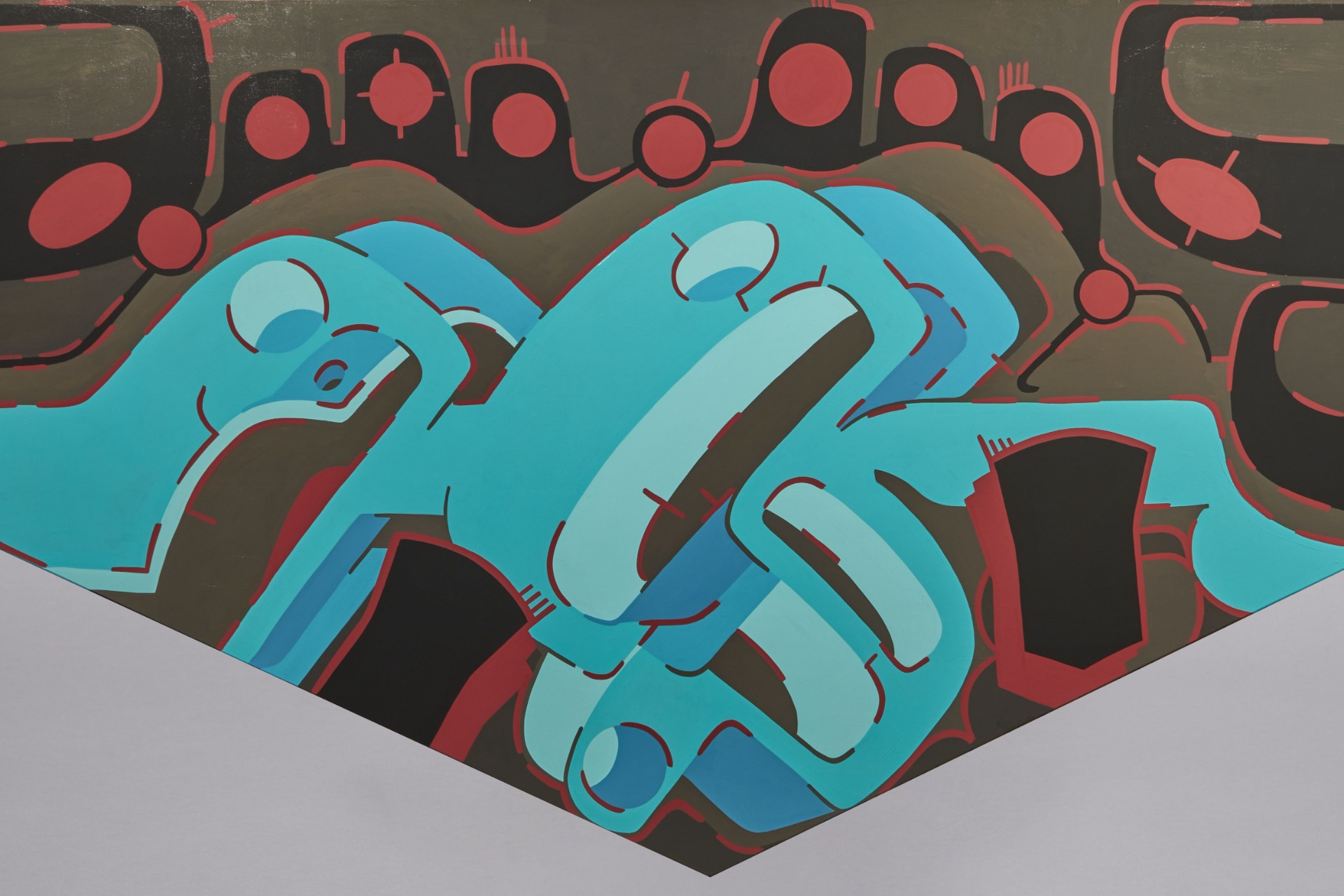Description
In 1735, Mahomet Weyonomon, accompanied by Aughquant or Acquont and several settlers of the Colony of Connecticut, were lodging in accommodation rented from a Mr. Midhurst at Aldermanbury in the City of London. The “Mohegans, John and Samuel Mason, and another of John’s sons whose name is unrecorded[1]” had travelled from the traditional Mohegan lands in the Connecticut Colony to present a petition to King George II, a trip arranged by John Mason, whose settler ancestor had been charged, along with Mahomet’s own great-grandfather, Uncas, to protect and preserve Mohegan custodianship. Mahomet was not the first of his tribe to visit a British monarch. During the reign of Queen Anne (1702-1714) his grandfather, Oweneco, visited England with a similar plea for ”the protection of Mohegan lands and lifeways from the ever-increasing incursion of English settlers. On that occasion, the monarch created a commission that found in favour of the Mohegans, ordering the colonial governor and his company to return their lands. With limited domestic oversight, Queen Anne’s command was basically ignored, and in 1735 Mahomet repeated his grandfather’s visit to address its consequences. Not only had those encroachments persisted, but the subsistence lifestyle of the Mohegan had become essentially untenable on the small amount of land they were left with. Unlike his forebear, Mahomet would not meet the King. He and John Mason succumbed to smallpox before making their Royal audience. Mahomet was buried in an unmarked grave in the grounds of the church of St. Mary Overy, the building that would become Southwark Cathedral in 1736.[2] The Cathedral’s own account of the affair includes a brief entry from the Daily Journal for 11 August 1736: “On Sunday last about one o’clock in the Morning died of the Small Pox, in the 36th Yeare of his Age, Mahomet Weyonomon, Sachem of the Tribe of the Mohegans in the Province of Connecticut in New England. He was Great Grandson to the famous Sachem Uncafs or Onkafs, who took part with the English upon their firft fettling of that Country. He was very decently interred laft Night (from his Lodgings at Mr Midhurst’s in Aldermanbury) in St Mary Over’s Burial-place.”
Unlike his Anglo-American companion, it was not permitted for Mahomet, a “foreigner,” to be buried within the walls of the City itself, hence his being carried over the river to St Mary’s for interment. In 2006, after a long period in which his whereabouts were forgotten, descendants of Weyonomen marked his presence with a new monument and ceremony in the grounds of Southwark Cathedral.
Bibliographic sources
https://research.kent.ac.uk/beyondthespectacle/blog/?article=5. Image of Weyonomon’s grave marker in the grounds of Southwark Cathedral by Sheila1988 – Own work, CC0, https://commons.wikimedia.org/w/index.php?curid=83265487

